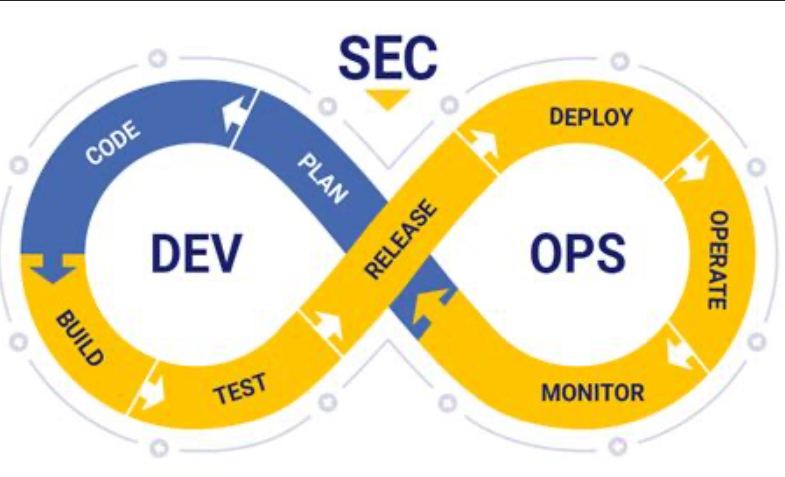
Since its inception in 1993, NVIDIA has revolutionized the computing industry with its groundbreaking graphics processing units (GPUs) and advancements in artificial intelligence, gaming, and data science. Let’s embark on a journey through the history of NVIDIA, tracing its remarkable evolution and contributions to technology.
### The Beginnings: Founding and Early Years
 NVIDIA Corporation was founded in April 1993 by Jensen Huang, Chris Malachowsky, and Curtis Priem, all of whom shared a vision of leveraging GPU technology for transformative computing experiences. The company initially focused on the design and development of graphics chips for gaming and professional markets.
NVIDIA Corporation was founded in April 1993 by Jensen Huang, Chris Malachowsky, and Curtis Priem, all of whom shared a vision of leveraging GPU technology for transformative computing experiences. The company initially focused on the design and development of graphics chips for gaming and professional markets.
### Graphics Innovation and Expansion
In 1999, NVIDIA introduced the GeForce 256, the world’s first GPU, which set the stage for a new era in computer graphics. This landmark product paved the way for immersive gaming experiences and established NVIDIA as a leader in the graphics industry.
### Powering the Gaming Industry
Throughout the early 2000s, NVIDIA continued to innovate with the introduction of the GeForce series GPUs, delivering unprecedented graphics performance and realism to gaming enthusiasts worldwide. The GeForce FX, GeForce 6, and subsequent generations pushed the boundaries of visual computing, enabling developers to create stunningly realistic virtual worlds.
### Beyond Gaming: AI and Scientific Computing
In the late 2000s, NVIDIA expanded its focus beyond gaming to encompass artificial intelligence (AI) and scientific computing. The introduction of CUDA (Compute Unified Device Architecture) in 2007 unlocked the immense computational power of NVIDIA GPUs for parallel processing tasks, laying the foundation for breakthroughs in fields such as deep learning, high-performance computing (HPC), and autonomous vehicles.
### Transformative Technologies: Turing and Ampere Architectures
In recent years, NVIDIA has continued to push the boundaries of innovation with its Turing and Ampere GPU architectures. These architectures, powering the GeForce RTX and NVIDIA A100 GPUs, respectively, deliver unprecedented levels of performance, real-time ray tracing, and AI acceleration, revolutionizing gaming, content creation, and data center applications.
### Looking Ahead: The Future of NVIDIA
 As we look to the future, NVIDIA remains at the forefront of technological innovation, driving advancements in AI, robotics, autonomous vehicles, and more. With its commitment to pushing the limits of what’s possible, NVIDIA continues to shape the future of computing and inspire the next generation of innovators.
As we look to the future, NVIDIA remains at the forefront of technological innovation, driving advancements in AI, robotics, autonomous vehicles, and more. With its commitment to pushing the limits of what’s possible, NVIDIA continues to shape the future of computing and inspire the next generation of innovators.
Join us as we celebrate the remarkable journey of NVIDIA, a company that has transformed the way we experience and interact with technology, and stay tuned for the exciting developments yet to come.
For more information about NVIDIA’s history and products, visit [NVIDIA’s official website](https://www.nvidia.com/).
Chris@amberhill.biz



 The world of Artificial Intelligence (AI) is rapidly evolving and becoming increasingly important in our lives. AI is a form of technology that enables machines to think and act like humans, and it has the potential to revolutionize the way we live and work.
The world of Artificial Intelligence (AI) is rapidly evolving and becoming increasingly important in our lives. AI is a form of technology that enables machines to think and act like humans, and it has the potential to revolutionize the way we live and work.
 The U.K Governments decision to ban the sale of new petrol & diesel cars by 2030 presents some real challenges for the UK Automotive industry. A development lifecycle of 5-7 years is not unusual for a brand new model & when we are looking at a whole different powertrain & chassis with the consequent implications for production assembly then we are talking major developments.
The U.K Governments decision to ban the sale of new petrol & diesel cars by 2030 presents some real challenges for the UK Automotive industry. A development lifecycle of 5-7 years is not unusual for a brand new model & when we are looking at a whole different powertrain & chassis with the consequent implications for production assembly then we are talking major developments. Wow!! – 2020 – you couldn’t make it up; so where are we headed in 2021?
Wow!! – 2020 – you couldn’t make it up; so where are we headed in 2021? 5.1 Million
5.1 Million Nissan recently returned to work at it’s Sunderland Plant following an announcement about a post Covid worldwide restructuring which will see the closure of its Barcelona Plant & commitment to Sunderland as a manufacturing centre for Quashqai & Juke SUV’s & could also produce their Renault counterparts the Kadjar & Capture.
Nissan recently returned to work at it’s Sunderland Plant following an announcement about a post Covid worldwide restructuring which will see the closure of its Barcelona Plant & commitment to Sunderland as a manufacturing centre for Quashqai & Juke SUV’s & could also produce their Renault counterparts the Kadjar & Capture. — Geely group has invested in Lotus heavily & the company has a tight well targeted product range including the fantastic new all electric hypercar the Evija. The company has also benefited from picking up a number of talented & experienced engineers from JLR.
— Geely group has invested in Lotus heavily & the company has a tight well targeted product range including the fantastic new all electric hypercar the Evija. The company has also benefited from picking up a number of talented & experienced engineers from JLR.